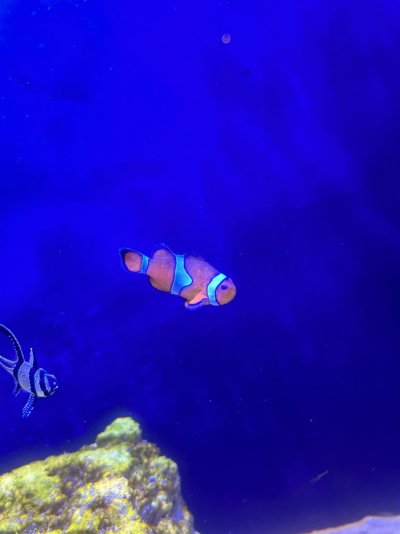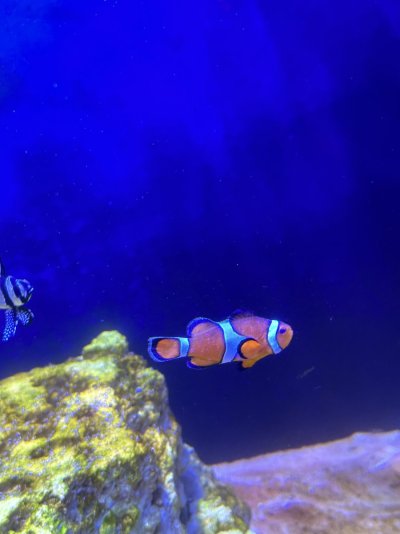Not sure if this is ich or not. Came home from a 5 day trip, fish was being fed from auto feeder and was checked on daily by house sitter. Fish appears to be acting normal and eating but has a strange foggy film on upper portion of body. Any ideas what this could be? Tank has been running for approximately 5 weeks and has a large diatom outbreak right now. Any suggestions on how to resolve this are appreciated.




















